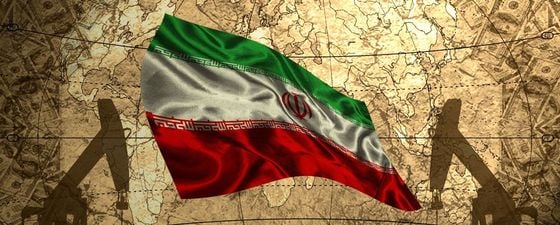In July, Iran signed an historic agreement deal with the US, UK, France, Germany, Russia and China, which will have significant impact on the hydrocarbon industry. In return for assenting to strict limits on its nuclear program, sanctions that have effectively stopped Iran from exporting its oil will be lifted. Most commentators think it will not take many months before Iranian barrels arrive on an already overstocked oil market.
Sitting on the fourth largest oil reserves in the world and the second largest of natural gas – 157 Bbo and 1,193 Tcfg respectively – Iran has plenty of potential. It also has a stockpile of about 70 MMbo in storage which can be released almost immediately, and a number of large fields eagerly waiting to come on stream. However, many of these have fallen into decline due to lack of investment, and Iran will have to spend heavily on infrastructure in order to begin to export the oil. It will also need to look seriously at its license terms, which are somewhat outdated. However, with the level of interest there appears to be from international companies, Iran could easily be supplying over 700 Mbopd to the world market within the next two years.
What effect will this potential influx have on the already pressurised price of oil? The United States is managing to produce more shale oil with ever-decreasing costs, while OPEC is increasing production to try to maintain its market share. In July it pumped 1.4 MMbopd above its agreed target, the majority from Saudi Arabia. This oversupply has already had a knock-on effect on exploration in expensive frontier regions like deep water and the Arctic; Wood Mackenzie claims that major oil and gas companies have shelved 46 large projects worth billions of dollars in recent months.
With worldwide demand continuing to decrease, Iranian oil will only add to the existing glut. It looks as though the oil price will not be heading upwards any time soon.
Jane Whaley
Editor in Chief





